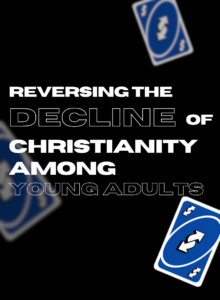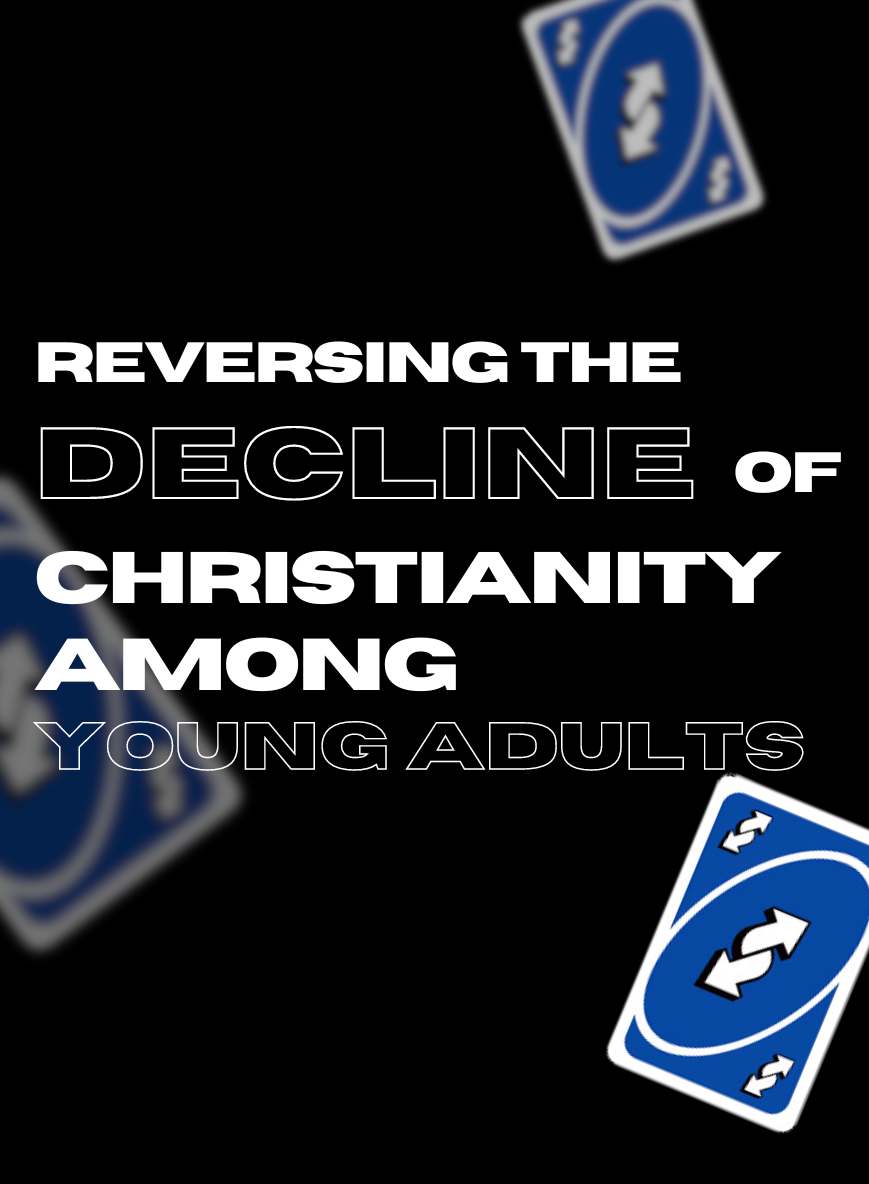
Nowadays, discipleship maybe a buzz word and a puzzling work, all at the same time.
Empirical research paints a bleak picture of our current discipleship approaches in the West. As documented in the Transformational Discipleship book, research amongst born again church-goers in the USA indicates that our discipleship models do not have the slightest resemblance to what is required to produce transformation (Geiger, Kelley & Nation, 2012, p. 12).
Invariably, within our churches, pastors, leaders and disciplers invest a significant amount of time and energy to support members’ spiritual development. We offer biblically-sound sermons, well-coordinated activities and fellowship-oriented Small Groups. We work hard, don’t we?
Yet, why is our hard work isn’t resulting in effective heart transformation?
Why are we struggling with our discipling endeavours?
Maybe we attempt to accomplish the GOAL of discipleship (transformation towards Christlikeness) with a faulty STRATEGY.
You probably observe that our current discipling approaches are undergirded by the premise that if you KNOW more, you will DO more and you will BE more… (more like Jesus)!
We fill people’s minds with theological information in the hope that knowledge will impact their behaviour and transform their character. Our developmental strategy can be summarised into a simple formula: KNOW + DO = BE. The rise and fall of this strategy hinges on the human mind. Simply put, we assume that humans are “brains on a stick” and hence, knowledge leads to transformation. But does it?
Have you ever considered using simple logic to convince young persons to stop smoking with their friends, for example? Imagine explaining to young smokers that smoking is detrimental to their lungs. Would your argumentation settle their decisions? Would they simply turn to you in puzzlement and acknowledge that they’ve never heard that smoking is bad for their health! You and I know that they’ve repeatedly noticed the graphic images on the cigarette pack, but that didn’t deter their actions, right?
Knowledge isn’t power. Human beings are not brains on a stick who are transformed by more knowledge. We don’t make our decisions simply based on reasoning.
We are driven by something more primitive than calculative thinking. We know that experientially, don’t we? You don’t buy a house simply based on rational thinking. You don’t buy a car solely based on its safety features. You don’t fall in love with a partner because of mental deliberations.
Maybe we have overexaggerated our focus on rationality. Hence, we’ve based our spiritual developmental strategies on knowledge-transfer, rational thinking, and argumentations on assertions and beliefs.
Human beings are image-bearers. They are oriented towards an image that they seek to reflect. An image of themselves; becoming a certain type of persons in the world. That’s their possibility. That’s what they can-be. When they love and embrace that possibility of themselves, they are intrinsically motivated to align their moment-by-moment choices to that possibility and hence gradually manifest it in their world.
What we SEE (i.e., our possibility) determines what we DO (i.e., our activity)
“Every human creature is created by God as a lover, as a desiring creature, as an erotic creature and every human being is actually created with this sort of engine of desire that drives them towards something ultimate’, the effect of sin and brokenness means there is ‘no guarantee that they find their end in the one who has made them.” (1)
“Because I think that we are primarily desiring animals rather than merely thinking things, I also think that what constitutes our ultimate identities—what makes us who we are, the kind of people we are—is what we love. More specifically, our identity is shaped by what we ultimately love or what we love as ultimate—what, at the end of the day, gives us a sense of meaning, purpose, understanding, and orientation to our being-in-the-world. What we desire or love ultimately is a (largely implicit) vision of what we hope for, what we think the good life looks like. This vision of the good life shapes all kinds of actions and decisions and habits that we undertake, often without our thinking about it.” (2)Transformation begins as disciples recognise, love and pursue a certain image of their “future-self”: their Jesus-like self! Their possibility, what they can-be, is not something that they need to “acquire” as much as it is something within them, they need to manifest. They “can-be” Jesus-like disciples because of what God has made them already (2 Peter 1:3-5). When that image captures their imagination, fires their affection, they will make choices that will align to and disclose that possibility in their daily interactions. How can you help the people you invest in to SEE their possibility as Jesus-like disciples? Notes: (1) Smith, J. (2016a, July). Higher education: What’s love got to do with it? Longings, desires and human flourishings. Keynote address presented at learning and loves: Reimagining Christian education. CHC higher education research symposium, Brisbane, Australia. (2) Smith, J. 2009, Desiring the Kingdom. Baker Academic, Kindle Edition, Loc 425.
Related Blogs

Reversing the decline
05/12/23
No Comments
Young Adults are marching out of the church in droves. The 2021 Australian Census data reveals an 18% decrease in Christian-identifying Young Adults in just

2 ways to help your YA’s disciple
04/12/23
No Comments
Something worth living for Have you ever found it hard to get YA to invest their time and energy into discipling? They may be very



